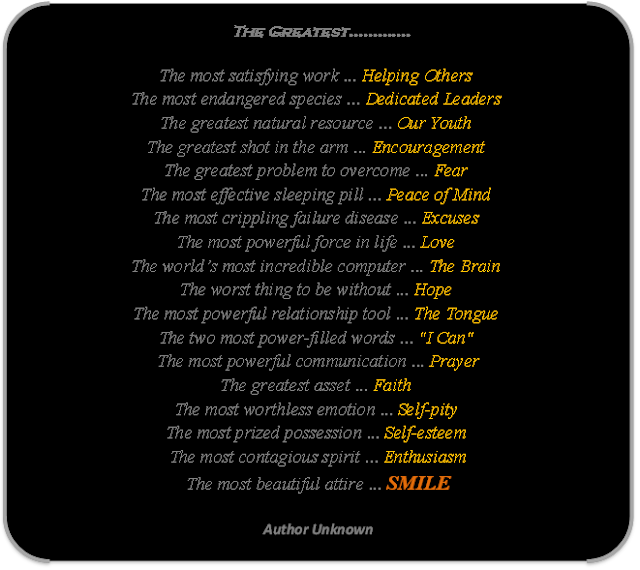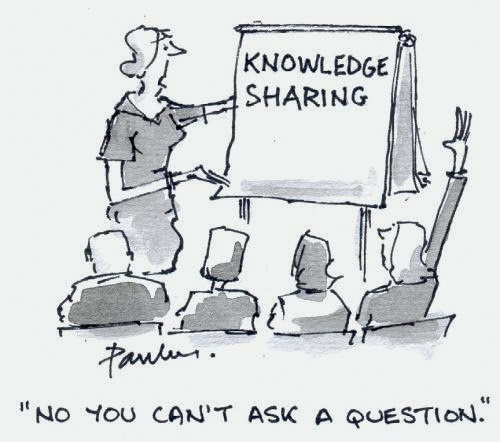-Tribute
to my Favorite Past Time-
Prior to Facebook, Twitter and the Top
100 Technology Tools of 2013, there was the MP3 Player and the IPOD. Music was one of the first industries
impacted by the digital boom. Originating
from the Greek word μουσική (mousike), meaning art of the Muses, Music can
be traced as far back to the prehistoric period of the Stone Age. Perhaps what makes music enduring for the
ages is that historians can credit no one person for discovering the arrangement
of sound for communicating.
Music is used to inspire, motivate, heal and even support worldwide social and humanitarian efforts. Remember Michael Jackson Heal the World song for his global Heal the World Campaign.
While the CD and the internet have all but relegated the gramophone record and the eight track tape to DJs and studios, music is a multibillion dollar industry – symbolizing the thirst of interest by the masses. Music inspires us to do better and to become better people. Music is played at just about every major event in our lives from commencement ceremonies to birth day celebrations, weddings and funerals. For at the core of the world of technology is the countless discovery of tools that can make the quality of lives for others better. Whether that quality is in the professional or personal sphere, better infers progress and progress means advancement. And, we all should applaud advancement.
Regardless
if the innovation is in the field of medicine, energy, or business, etc. I
would like to believe that innovators and practitioners are working effortlessly
not for monetary gain or personal recognition, but to find discoveries for
tackling problems yet unsolved. From
debilitating diseases such as cancer and aids to third world problems like
access to clean water, technology is like music, neither has a foreseeable
ending.
Again, One Person can Make a Difference!
-Click on the WIN video above and enjoy the song as you read my final post)
Remembering....
Thoughts on Technology, Leadership and Making a Difference
-Click on the WIN video above and enjoy the song as you read my final post)
Remembering....
Nelson Mandela
1918-2003
"It always seems impossible until it is
DONE."
"Education is the most powerful weapon which you can use to change the world."
"The South African activist and former president Nelson Mandela (1918-2013) helped bring an end to apartheid and has been a global advocate for human rights. A member of the African National Congress party beginning in the 1940s, he was a leader of both peaceful protests and armed resistance against the white minority’s oppressive regime in a racially divided South Africa. His actions landed him in prison for nearly three decades and made him the face of the antiapartheid movement both within his country and internationally. Released in 1990, he participated in the eradication of apartheid and in 1994 became the first black president of South Africa, forming a multiethnic government to oversee the country’s transition. After retiring from politics in 1999, he remained a devoted champion for peace and social justice in his own nation and around the world until his death in 2013 at the age of 95." History See http://www.history.com/topics/nelson-mandela
Thoughts on Technology, Leadership and Making a Difference
For the past
few days, I've been thinking about the importance of people and how the
persistence and bravery of ordinary people have changed our global community in
extraordinary ways. Over the last eight weeks, we've engaged in numerous
topics of how technology has impacted our personal, professional lives. These changes have altered the world we once
knew. We have engaged in discussions on Friedman's ideas on technology
creating an equal leveled playing field; Technology & Knowledge Management:
Technology and the Changing Nature of Work; the Top 100 Technology Tools of
2013; Networked Workers; Technology and Legal/Ethical Issues; and Changing
Technology. For me, I have to synthesize this information in context of
the implications this information has on me as a spiritual being, a mother, a
daughter, a teacher, an educational leader, a volunteer, an activist, and a
believer in people.
The
evolution of technology instills a few personal lessons.
First, when people pursue noble dreams and
are persistent in achieving those dreams despite adversity then society as a
whole WINS. There are numerous Bill
Gates and Steve Jobs of the world. We
may not notice them, because we often forget that great ideas often start out
small, and are without failure along the way.
So, the moral here is to do what you LOVE and great things will
follow. I would assume that one would
find it difficult to become an innovator in a field by which he/she overlooks
the importance of thriving for excellence.
Second, I must remember that PEOPLE are at the heart of innovation. Without the intellect and talents of
individuals technology is just a term.
We must encourage people to push the envelope and to think outside the
box. I remember the story of the once
young Yale student, Fred Smith, who submitted a paper describing his vision of
a new form of cargo mail. I understand
that several of his peers laughed at his idea.
Yet, he felt that he was on to something and decided to give his business
venture a try. Today, FedEx Express is
the world’s largest express transportation company. Progress requires pushing the naysayers and
doubters aside. Here the moral is: Having a vision is the first step to
success. The next step involves having
the courage to purse your vision.
Third,
I must identify opportunities to introduce technological tools to peers in the workplace. What good does it serve if only I know how to
use the tool? Leadership involves making
others better. Quintessentially, I will
become a better leader by making those around me better.
Finally, LOVE translates to passion. Many great advances in technology are the
direct result of individuals with a passion for what they love. The story Lorenzo’s Oil, based on the true story of Augusto and Michaela Odon,
document the relentless efforts by a father and mother to find a cure for their
son’s rare disease, adrenoleukodystrophy (ALD).
They were searching for advancement in medicine. Whether they were successful in their efforts
is one thing, but the level of passion, persistent and sheer devoting is what I
took away from the story. These
individuals were trying to make a difference in their son’s life. Yet, this difference has made a difference in
the lives of countless boys stricken by ALD.
Today, there are two known treatments for ALD – Lorenzo’s Oil and stem
cell transplantation. The moral is
clear: One person can MAKE a Difference.
I, too, will
attempt to make a difference in the world of technology. Please wish me well as I embark on a journey
to creating a web site to promote science, technology, engineering and
mathematics (STEM) education for students.
Tips on Making a Difference................
Keep your MUSIC ALIVE!









































